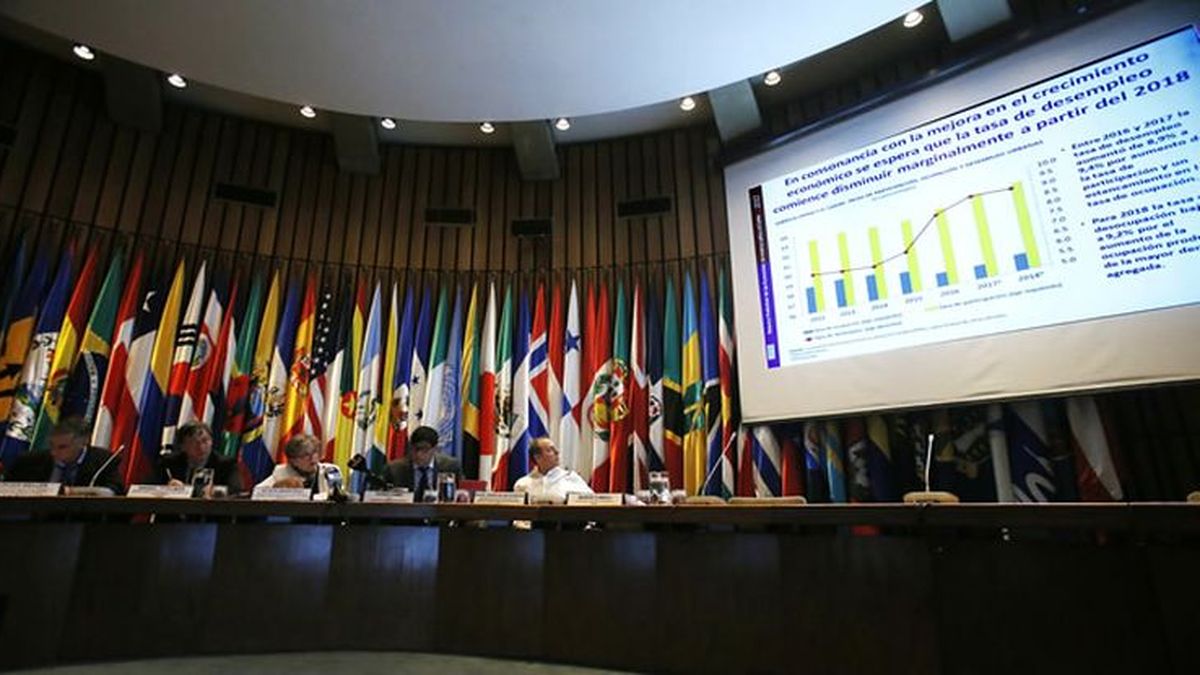Menu
According to ECLAC, Argentina will be one of the greatest growth in Latin America this year
Categories
Most Read
How much should I invest in October 2025 to earn $100,000 in 30 days
October 10, 2025
No Comments
industrialists polish tax reform to elevate Axel Kicillof
October 10, 2025
No Comments
Auto industry: Audi drives in reverse gear – but slower
October 10, 2025
No Comments
Tenant complains: “I received a four-figure sum back”
October 10, 2025
No Comments
Prime Deal Days: These offers were particularly convincing
October 10, 2025
No Comments
Latest Posts

ADRs fall and bonds extend rebound after euphoria over the US bailout
October 10, 2025
No Comments
October 10, 2025 – 11:16 In a day without their counterparts in the local market, ADRs are trading lower at the opening of the New

We do not want another failed or Chinese-led state in Latin America
October 10, 2025
No Comments
He US Treasury Secretary Scott Bessent ratified this Friday the support for the government of Javier Milei and stated: “No “We want another failed or

How much should I invest in October 2025 to earn $100,000 in 30 days
October 10, 2025
No Comments
October 10, 2025 – 10:30 The financial institution offers various capital investment possibilities to its clients. Scope He Banco Nación offers investment alternatives in fixed
24 Hours Worlds is a comprehensive source of instant world current affairs, offering up-to-the-minute coverage of breaking news and events from around the globe. With a team of experienced journalists and experts on hand 24/7.

